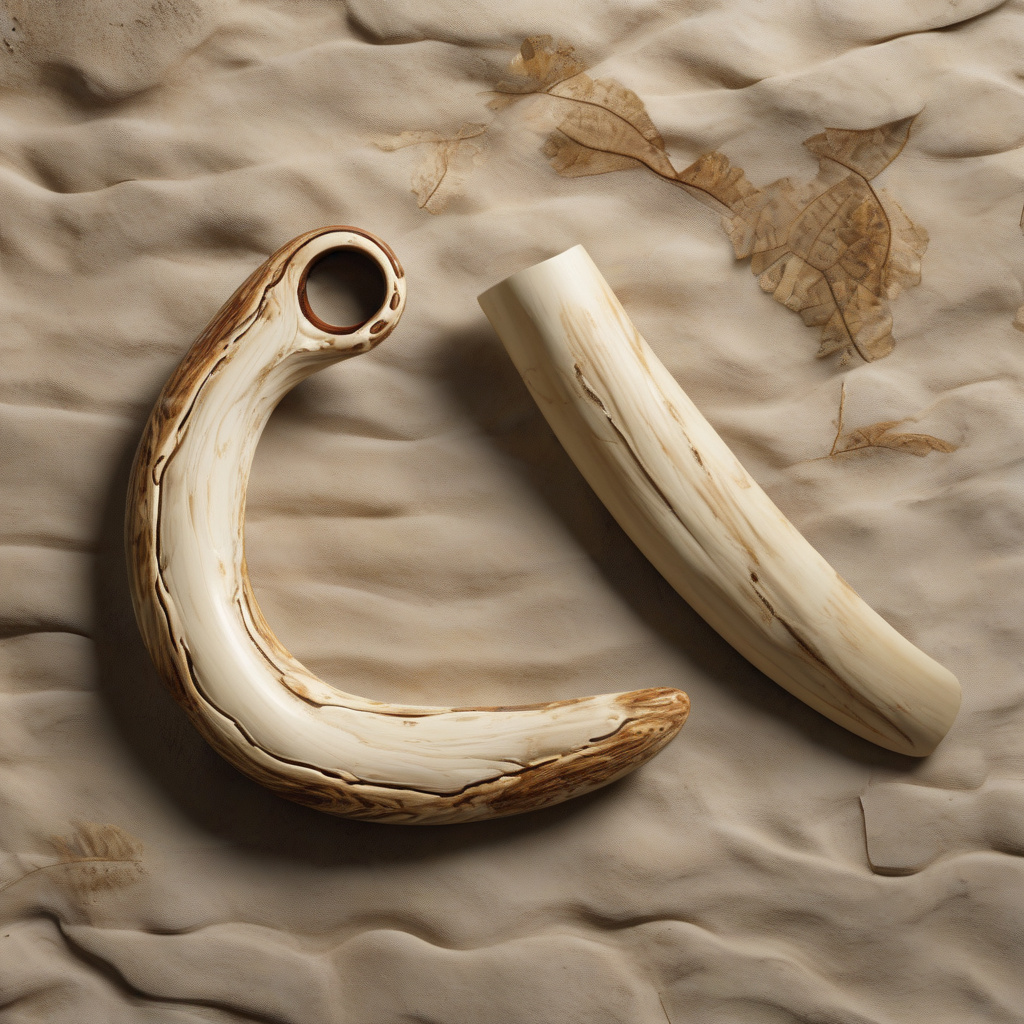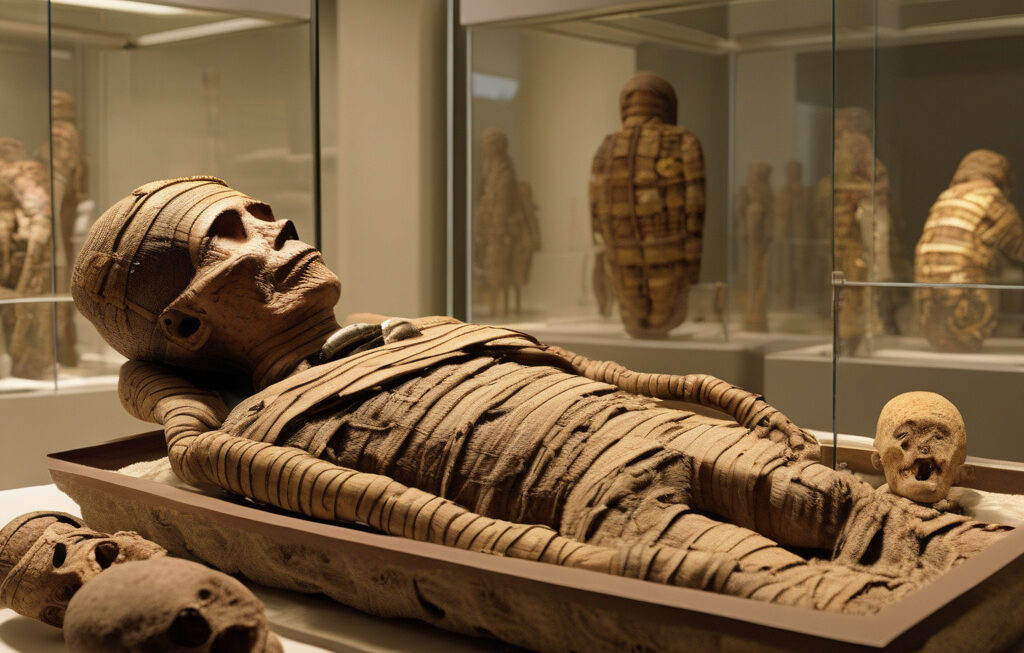A 40,000-Year-Old Boomerang Sculpted from Mammoth Tusk Reveals Early Humans’ Artistry
A remarkable discovery from Obłazowa Cave in Poland has unveiled what is likely one of the oldest examples of human artistry – a boomerang carved from mammoth tusk dating back 40,000 years. This ancient artifact sheds light on the advanced skills and creativity of our early ancestors, challenging perceptions of their capabilities and technological advancement.
The boomerang, crafted with precision and care, showcases the ingenuity and dexterity of early humans. Its aerodynamic design suggests a deep understanding of the principles of flight and demonstrates a level of craftsmanship that is truly impressive for its time. This find not only highlights the practical skills necessary for hunting and survival but also indicates a sense of aesthetic awareness and cultural sophistication.
The use of mammoth tusk as the material for this boomerang is particularly intriguing. Mammoths were massive creatures that roamed the Earth during the Ice Age, and their tusks were highly prized for their strength and durability. By utilizing such a resource to create a tool as specialized as a boomerang, early humans exhibited not only resourcefulness but also a deep connection to the natural world around them.
This discovery challenges the conventional narrative of human evolution, pushing back the timeline of advanced human behavior and technological innovation. It suggests that our ancestors were capable of sophisticated craftsmanship and creative expression much earlier than previously thought. The intricate design of the boomerang indicates a level of skill and artistry that speaks to a rich cultural heritage and a desire for both practicality and beauty in everyday tools.
The significance of this find goes beyond its age; it offers a window into the minds and lives of our ancient predecessors. By studying artifacts like the mammoth tusk boomerang, archaeologists and historians can piece together a more complete picture of early human societies, their beliefs, customs, and daily practices. Each discovery adds another layer to our understanding of the complexities of human evolution and the development of culture and technology.
As we marvel at the craftsmanship and ingenuity of the 40,000-year-old boomerang from Obłazowa Cave, we are reminded of the enduring legacy of creativity and innovation that defines us as a species. The intricate details and expert craftsmanship of this ancient artifact serve as a testament to the timeless human drive to create, explore, and push the boundaries of what is possible.
In a world where technology and innovation are constantly advancing, the discovery of such an ancient and exquisitely crafted boomerang serves as a powerful reminder of the creativity and skill of our early ancestors. It prompts us to reflect on the roots of human artistry and craftsmanship and to appreciate the journey of innovation that has brought us to where we are today.
The 40,000-year-old boomerang sculpted from mammoth tusk stands as a symbol of human ingenuity and a testament to the enduring spirit of exploration and creativity that has propelled us forward throughout history. It is a reminder that our fascination with crafting beautiful and functional objects is a trait deeply rooted in our evolutionary past, continuing to shape our present and inspire our future endeavors.
ancient artifact, human evolution, early humans, Obłazowa Cave, mammoth tusk, artistry, craftsmanship, innovation, creativity, cultural heritage












